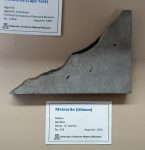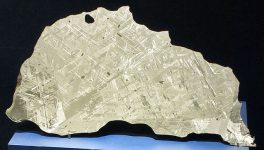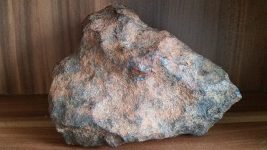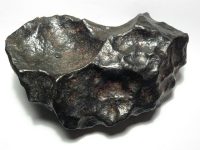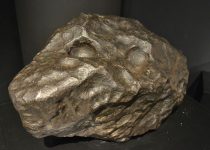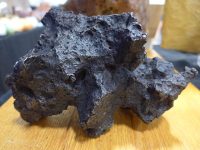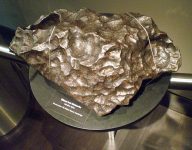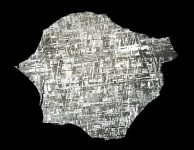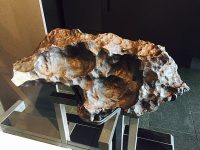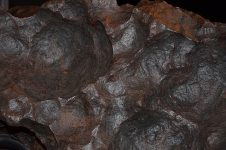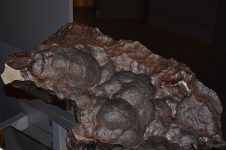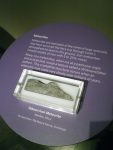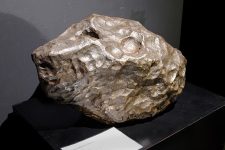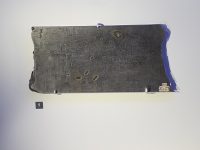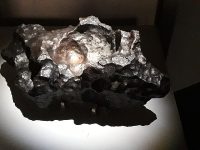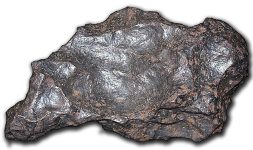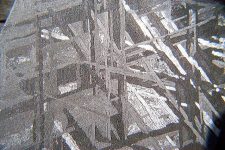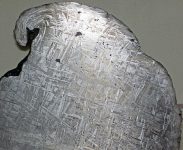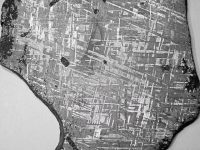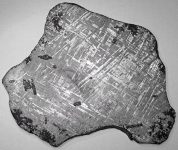Gibeon
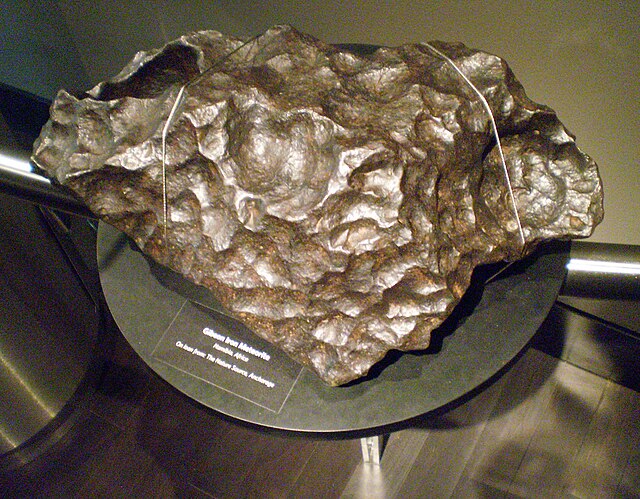
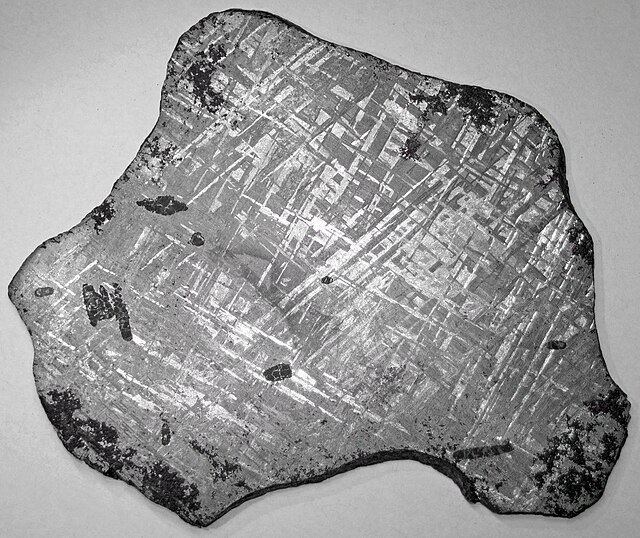
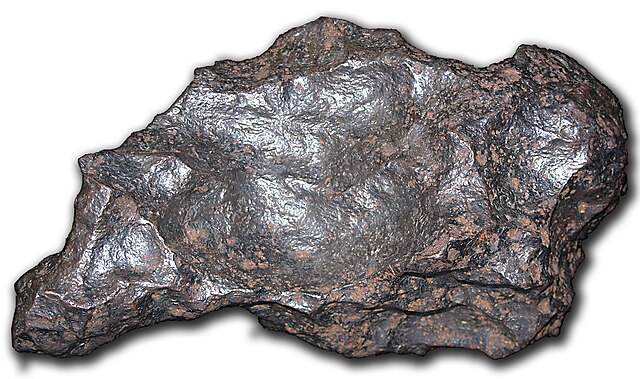
Gibeon
The Gibeon meteorite is a renowned iron meteorite that fell in prehistoric times in what is now Namibia, Africa. Celebrated for its exceptional stability, crystalline structure, and striking Widmanstätten patterns, the Gibeon meteorite has captivated scientists, collectors, and enthusiasts alike. Its discovery and subsequent analysis have provided invaluable insights into the formation and evolution of asteroids and the early solar system.
Discovery and History
The Gibeon meteorite was first discovered by the Nama people in Namibia centuries ago. The iron masses, scattered across a wide area, were used by the Nama for crafting tools and weapons, attesting to their early recognition of the material’s exceptional properties.
European Discovery
In the early 19th century, European explorers and settlers encountered these iron masses in the region now known as Gibeon, Namibia. The scientific community recognized these objects as meteorites, leading to systematic recovery and study efforts.
Recovery and Classification
The recovery of numerous large masses and fragments of the Gibeon meteorite facilitated detailed classification and analysis. The meteorite was identified as an octahedrite, characterized by a high iron-nickel content and distinctive Widmanstätten patterns.
Composition and Structure
The Gibeon meteorite is primarily composed of an iron-nickel alloy, with significant traces of cobalt and phosphorus.
Iron-Nickel Alloy
The predominant components of Gibeon are iron (about 90%) and nickel (about 8%). This alloy forms a crystalline structure known as an octahedrite, characterized by intersecting bands of kamacite and taenite.
Widmanstätten Patterns
One of the most striking features of the Gibeon meteorite is its intricate Widmanstätten patterns. These patterns, visible when the meteorite is etched with acid, result from the slow cooling of the metal over millions of years within its parent asteroid. The patterns reveal a beautiful geometric arrangement of kamacite and taenite crystals, providing insights into the thermal history and cooling rates of the meteorite.
Geological and Astronomical Significance
The Gibeon meteorite is of immense scientific and geological significance, offering insights into asteroidal processes and the conditions prevailing in the early solar system.
Asteroidal Origin
Gibeon is believed to have originated from the core of a differentiated asteroid. The presence of an iron-nickel alloy and the distinctive Widmanstätten patterns indicate that the parent body underwent significant heating and differentiation processes early in the solar system’s history.
Stability and Age
The stability of the Gibeon meteorite, characterized by its well-preserved crystalline structure and lack of terrestrial weathering, suggests an age of approximately 4 billion years. This stability has allowed scientists to conduct precise isotopic dating and analysis, contributing to our understanding of early solar system chronology.
Impact History
Studying Gibeon and similar iron meteorites provides insights into impact histories and collision events that shaped asteroidal bodies. The presence of regmaglypts (thumbprint-like indentations) on some Gibeon fragments indicates exposure to atmospheric entry and potential fragmentation events during its journey to Earth.
